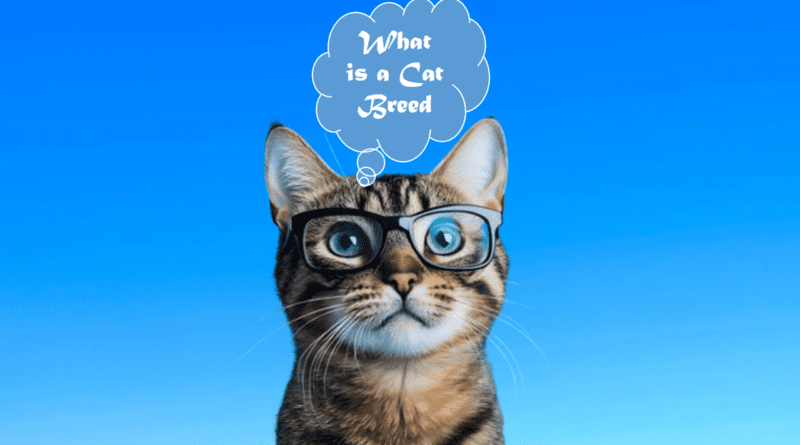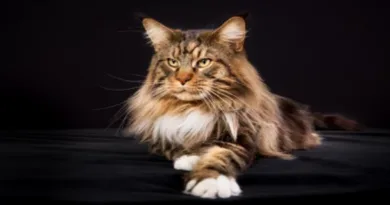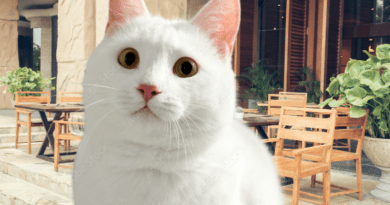What is a cat breed
A breed refers to a group of domestic animals selectively bred to maintain specific traits. Cat breeds follow the same principle. Selective breeding ensures that certain qualities, like coat texture or color, remain consistent. Occasionally, breeders may mate cats from different breeds to enhance health or emphasize particular traits. Although the development of cat breeds is a modern concept, today’s breed standards are upheld by organizations like the Cat Fanciers Association (CFA), the International Cat Association (TICA), the Fédération Internationale Féline (FiFe), and the Governing Council of the Cat Fancy (GCCF). These groups play an essential role in preserving breed integrity, ensuring cat welfare, and promoting proper care.
Understanding Cat Breeds
The variety of cat breeds available today is vast. Popular breeds include the Maine Coon, Siamese, Abyssinian, Manx, and Persian. The rise of cat shows in the 19th century helped spur the division of cats into distinct breeds. Currently, over 100 recognized breeds exist, with many variations. Despite this broad diversity, most pet cats are mixed breeds. Often called “random breeds” or simply house cats, these felines still hold a special place in households worldwide.
Distinctive Characteristics of Cat Breeds
Each cat breed comes with unique features that define its appearance. Breeds differ based on coat texture, color, length, and pattern. Some cats are known for specific physical traits like short legs, missing tails, or folded ears. For example, the Chartreux is recognized by its solid blue-gray coat, while the British Shorthair showcases a wide range of colors and patterns. Eye shape, body size, and head structure further help in distinguishing between breeds.
How Cat Breeds Develop
Cat breeds evolve through selective breeding practices that focus on specific characteristics. Breeders refine aspects like coat color, texture, and body structure. Some breeds develop distinctive traits, such as the Scottish Fold’s iconic folded ears or the Munchkin’s short legs. The Manx, known for its lack of a tail, offers another example of how unique features can define a breed. Breeds like the Chartreux have a singular color, while others display a rich spectrum of hues. Breeding methods are carefully controlled to maintain these traits while promoting the overall health of the animals.
The Role of Genetics in Cat Breeding
Genetics plays a crucial role in determining the physical traits and health predispositions of cat breeds. From coat color to personality, genetics influences every aspect of a cat’s appearance and behavior. Understanding genetics enables breeders to make informed decisions that ensure the health and welfare of future generations. Ethical breeding practices help preserve the breed’s integrity and prevent genetic disorders that can arise from improper breeding techniques. For instance, some breeds are prone to specific health issues due to inherited genetic factors. Breeding with health in mind helps mitigate these risks.
Selective breeding shapes the unique characteristics that define each cat breed. Whether it’s a luxurious coat, striking eye color, or a unique body structure, each breed offers something distinct. The development of modern cat breeds has resulted in a wide variety of options for cat lovers. Genetics plays a key role in shaping the traits that make these cats so special. When choosing a cat, understanding the importance of breed traits and genetic health can help in making the best decision for both the cat and its owner. Mixed breeds also deserve appreciation for their own unique qualities and charming personalities.




